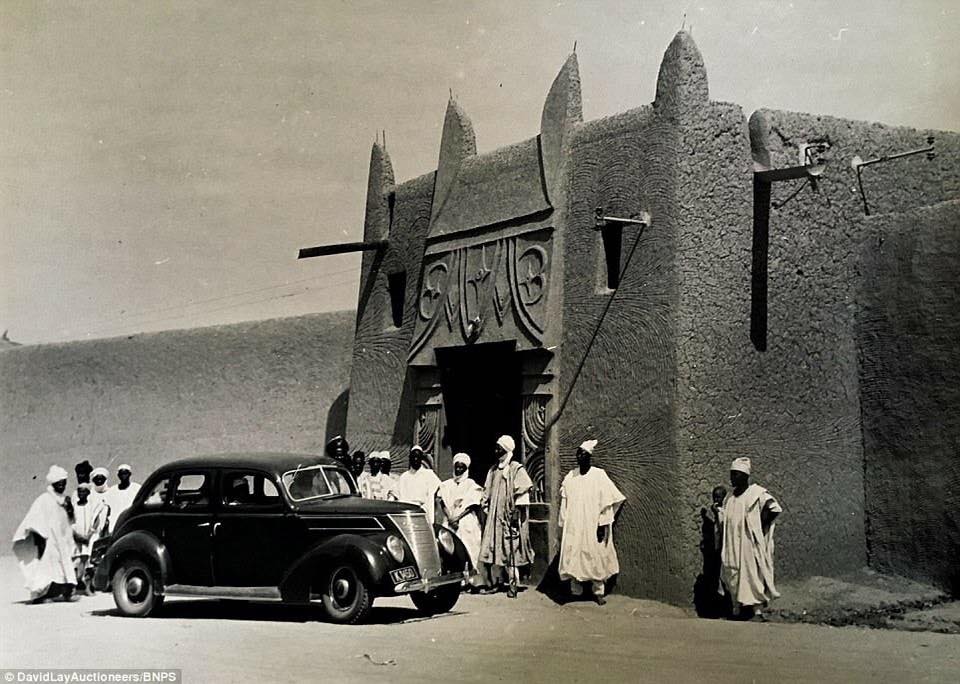The original Palace of the Emir of Kano was a laterite and thatched earth structure in the heart of Ancient Kano City. The city itself was sorrounded by a 14km secure walls founded by Sakrin Gijimasu (King Gijimasu) from 1095 to 1134. The construction was completed in the middle of 14th Century during the reign of Sarkin Usman Zamnagawa. In the 16th century AD, the city walls were further extended to accommodate the rapidly growing indeginous population along with vibrant economic activities. In the heart of the city was the seat of the Emir though not in its grandure of architectures.
The Emir's Palace in its known majestic glory was built by Sarkin Muhammadu Rumfa who ruled Kano from 1463 to 1499, divided into various sections. At the south are the Administrative buildings with a surau and significant chambers: Zauna Lafiya, Giwa, Bello and Rumfar Kasa, conveniently accessible through the Kofa Kudu (South Gate). The central section houses members of the emir's family while the northern parts are for workers.
Even though The Kano Emirate Council was formed by the British in 1903, The Emir of Kano has been degraded to mere ceremonial royalty under the British-imposed modern political structures. The Emir lost control of the North under Nigeria's evolving unitary/federal constitution that has subjugated the powers of traditional leaders under politicians. The Emir's palace presently serves as a tourist attraction to an estimated 6,500 visitors per year, mostly Nigerians. Although entrance into the central chamber of the palace is strictly forbidden except on invitation by the Emir himself, tourist still enjoy the stunning ancient hausa decoration evident all around the structure's architecture.






